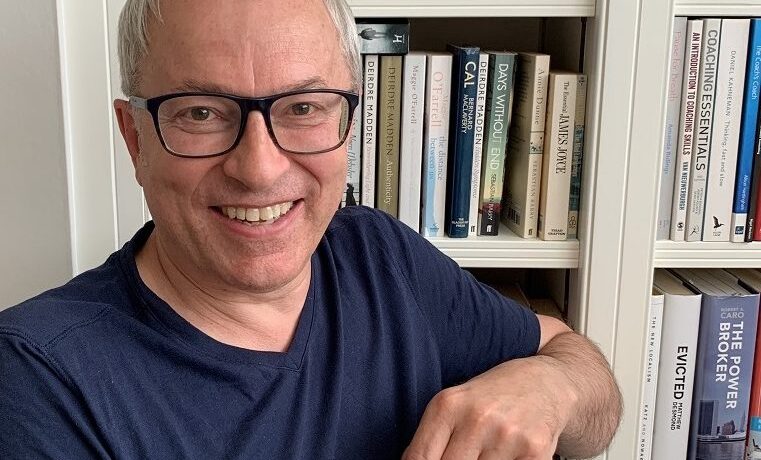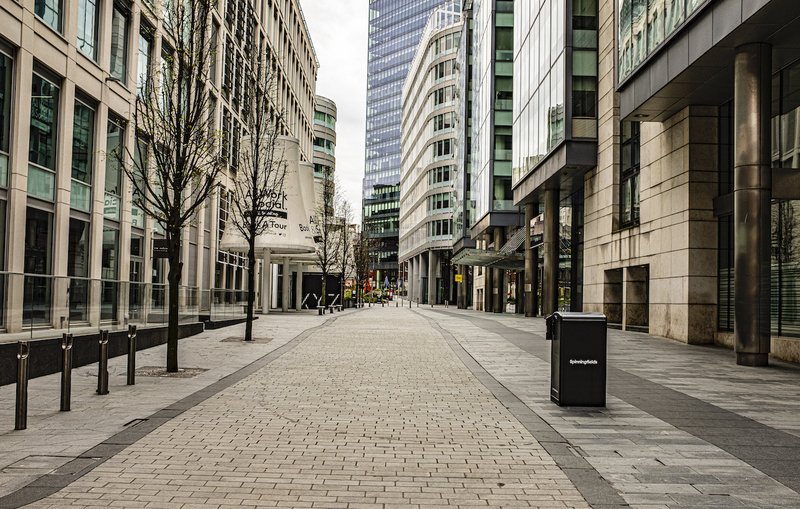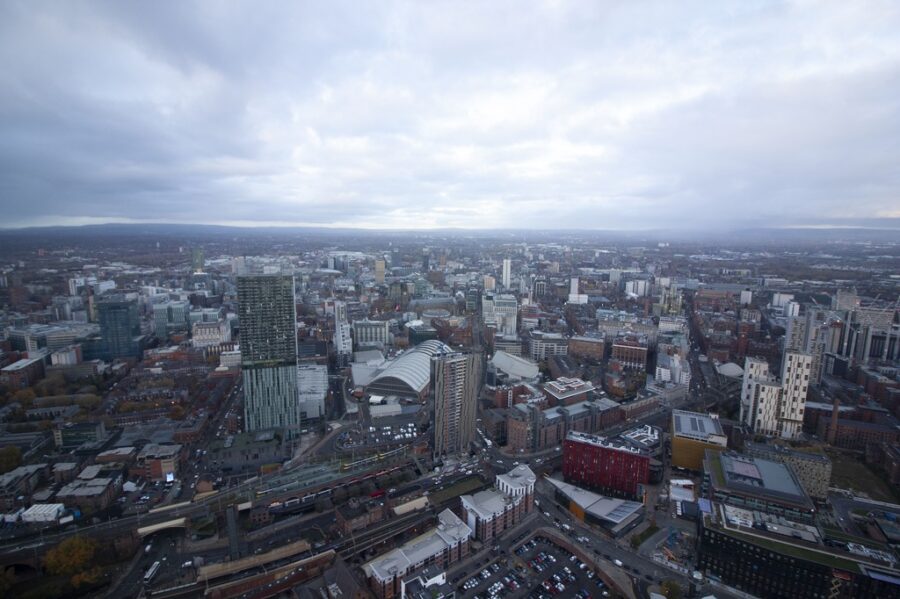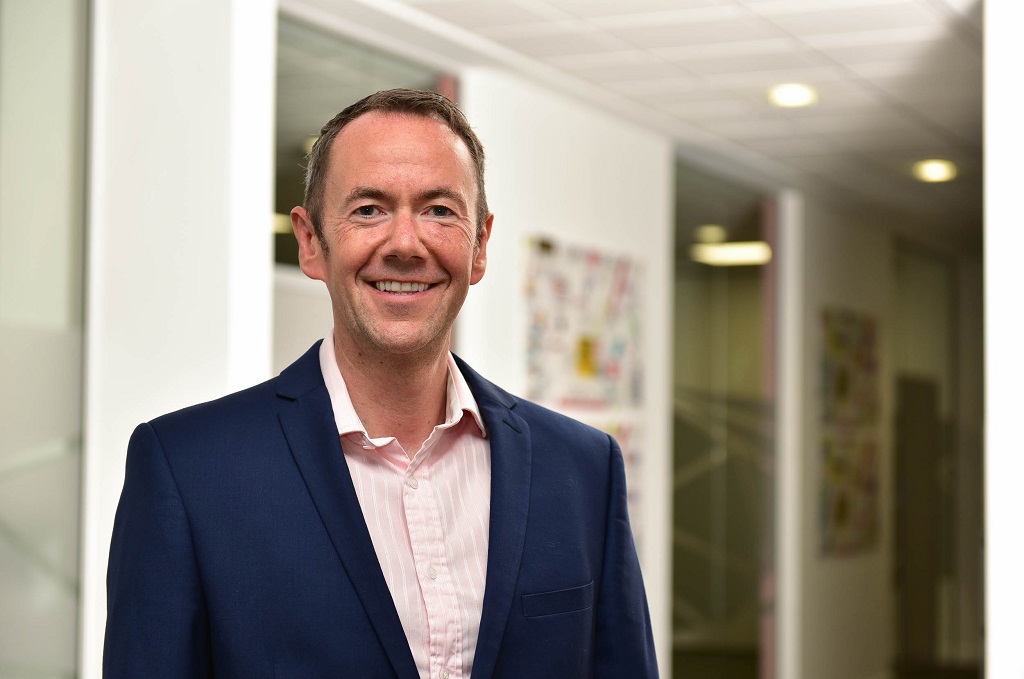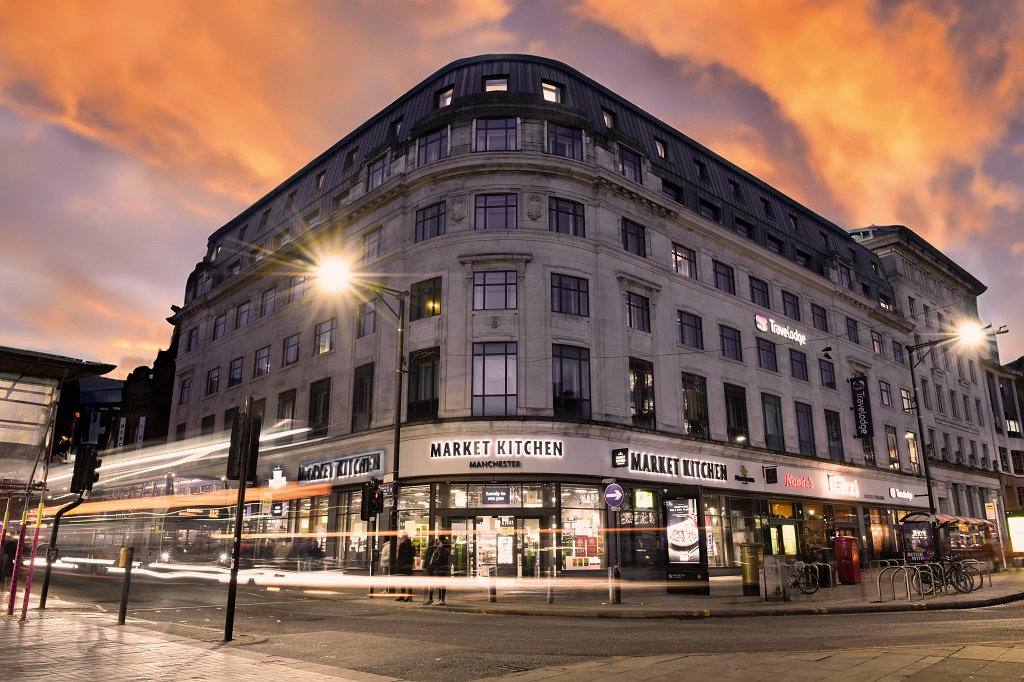PROFILE | You can’t leave when faced with a tsunami, says Smith
Today is the last day in post for the long-time director of growth and development at Manchester City Council, after he postponed his original planned exit at the end of March to help with the coronavirus response.
Smith announced earlier this year he was to leave the council after 20 years “to pursue new challenges”.
Place North West sat down with Smith before his first leaving date to discuss the highs and lows of his council career and his views on the changes in Manchester over the decades. Following his delayed departure, Place caught up with him again to get his views on a city emerging from lockdown.
Combatting coronavirus
According to Smith, the decision to extend his time with the council was a no-brainer, as “you can’t leave when you see a tsunami coming at you”.
“By the beginning of March I knew it would be a challenge and it would be all hands to the pump,” he said.
“The city goes into a different mode in a crisis. I was dealing with practical issues, such as where the Nightingale Hospital would go, although the Manchester Central Convention Centre was always the obvious choice, as well as reacting to events, and using my contacts book to encourage businesses to help such as to assist with PPE.”
One of his roles during lockdown was to work up plans for the city’s emergence from the Covid-19 crisis, which in a recent report to the council he estimated at a three-to-five year recovery period, as well as ensuring development momentum could continue.
“Early on we were starting to think about what recovery looks like; and how to sustain activity throughout lockdown. For instance the planning service remained actively open for business, which contrasts with other areas where services have been put on the back burner.
“We’ve had many virtual pre-app discussions, and there has been a lot going on and a lot of applications which have built up in this period. Our planning application fees have been sustained, which is our crude benchmark of activity.”
The next phase sees Manchester working alongside the UK’s other Core Cities “to build a consistent framework for cities and their hinterlands for a Covid-19 recovery, and look at the ways we can help to repair our national economic picture,” he said.
Smith was overall complimentary about the national response: “We should congratulate Government, which has been seeking to protect businesses and their staff. The Chancellor in particular has been responsive to overtures made by business and local government.”
“We can see the light at the end of the tunnel. Of course some sectors will be impacted much harder, and those sectors are particularly important to Manchester, but the Government has suggested they will intervene, in particular hospitality and aviation.”
However, Smith warned the next phase could be the hardest: “The question is, what businesses will have the strength to come out of lockdown, and the end of furlough, and still sustain activity. The big challenge is we don’t really know what damage has been done to businesses in the past nine weeks. We don’t know the breadth and the depth of the impact yet.”
For the development community, Smith said funding would be the key issue: “In particular, how financial institutions now react, and the ability to raise finance.”
As in the last recession, he suggested further public sector money would likely be needed to fix the challenges facing development.
“We have great models locally such as the Evergreen fund and Housing Investment Fund, and we’d like to see these expanded as they run out soon, which ultimately will require national Government money.”
As activity ramps up across the city due to changes to rules around movement, Manchester is faced with questions over how to get people back to work, while maintaining social distancing, as well as avoiding a return to a car-centric and polluted environment, something Smith has previously described as a “mass transit conundrum”.
However, Smith was insistent that coronavirus should not mean carbon targets are pushed to one side: “The challenges in front of us are not an excuse to deflect on climate change. New developments being zero carbon is part of our quality agenda going forward. This is the right agenda to be pursuing at the moment, you can’t throw everything up in the air.”
Looking back
Thinking over Manchester’s progress, Smith said: “I’m of a generation that remembers what it was like, in the 70s, 80s, 90s, how bad it was. The city is now in a place I could only have imagined, probably never would have believed 30 years ago.”
Smith puts this largely down to a consistency of leadership: “There’s been a constant thread; the leadership of Sir Richard [Leese], the political stewardship, it has been a stable platform to allow the city to progress, and I’ve been grateful to be part of the team that has helped shape the strategy.”
In his view, what aspects did Manchester get right, and what wrong, in the city’s growth?
“I think we got a lot of things right. People have criticisms, there’s a debate about the city centre, but I believe we got it right in the broader sense.
“There was a clear strategy for where we were going, with the city centre plan of 1984, drafted up by Howard [Bernstein] and [Ted] Kitchen. This was the most genius plan ever, and included city centre residential, a light railway, a revival of the retail core. The only thing it didn’t have was offices, we didn’t understand offices and their role in a city in 1984.”
This was the time that saw Greater Manchester’s crucial cross-council unity begin to emerge, Smith said.
“For the city to prosper, we had to build relationships across Greater Manchester, so went on to establish the Growth Company, the Combined Authority, which all developed from a kernel of an idea in 1984. This built the infrastructure and approach which has served the city and region well.
The realisation of Bernstein and Kitchen’s plan “created value areas, which then established businesses. There was a realisation that we had to diversify the housing offer, we had to attract wealth creators to the city, we had to attract those under the age of 35. We had to build an education offer, build a cultural offer, and all of that was an iterative dialogue within the town hall.”
Next growth phase
For Smith, the work is not yet done: “Today, the challenge is to continue to build homes, to address the issues for those on low incomes, to not stop building for the other income groups.”
“A global city is one that cares for the environment, and for its most vulnerable. In the round, we’re doing ok in those bits. Supporting the vulnerable is important to what I’ve done. As a city it’s important you demonstrate your caring credentials, you won’t find that in many places.”
Geographically, he pointed to the next areas within Manchester which were ripe for regeneration: “Outside of the city centre, there are still major opportunities which need to be grasped, to the east of the city in particular, and around Victoria, up to Irk Valley and the Northern Gateway.
“To the east of the city, there are still a lot of hard yards over the next 15 years.”
In tackling the climate emergency, Smith admitted this was “a huge challenge… it’s a Mount Everest to climb and a call to arms for everyone to respond.
“The reality of a hard Brexit, and the reality of climate change, need to be creatively thought about. The places that get their heads around it will prosper best, so let’s not be complacent.”
Lasting legacy
When asked if he had a ‘one that got away’, a scheme which he was frustrated did not come to fruition during his time at the council, Smith said his answer was not a particular development.
“It’s a subtle point, but the impact of austerity budgets from 2011 onwards were dramatic, and we lost some very talented people and knowledge from the organisation very quickly.
“We lost 50% of our capability, and to replace, rebuild and develop that talent takes a long time and some of it you don’t get back.”
His favourite legacy scheme, he said, was not one he could take credit for.
“The Sharp Project [a 200,000 sq ft office and production space in Newton Heath] had Sue Woodward as the originator. The scheme had three believers – me, Sue and Sir Richard, and no one else. People said it wouldn’t work, yet it’s run at 99% occupancy since it opened.
“This had been a deprived part of the city, and it proved to the market it would work and how it would evolve. Now you’re tripping over space like that in the city, but at the time we were filling a gap which the market wouldn’t fill. It’s the fourth biggest studio in the country now, and generates a huge wealth of jobs.”
For Smith, schemes such as The Sharp Project epitomise his approach to development.
“It’s easy to say no, you can always pick holes. The hardest thing is to say yes, work hard, and make your own success.”
Smith remained tight-lipped about where he would be working in the future, although said for the next few weeks he would be working part-time advising Combined Authority chief executive Eamonn Boylan and Core Cities director Chris Murray, to see out what is hopefully the end of the coronavirus crisis.
“If you’ve got an ability to contribute, there’s no point sitting at home.”


